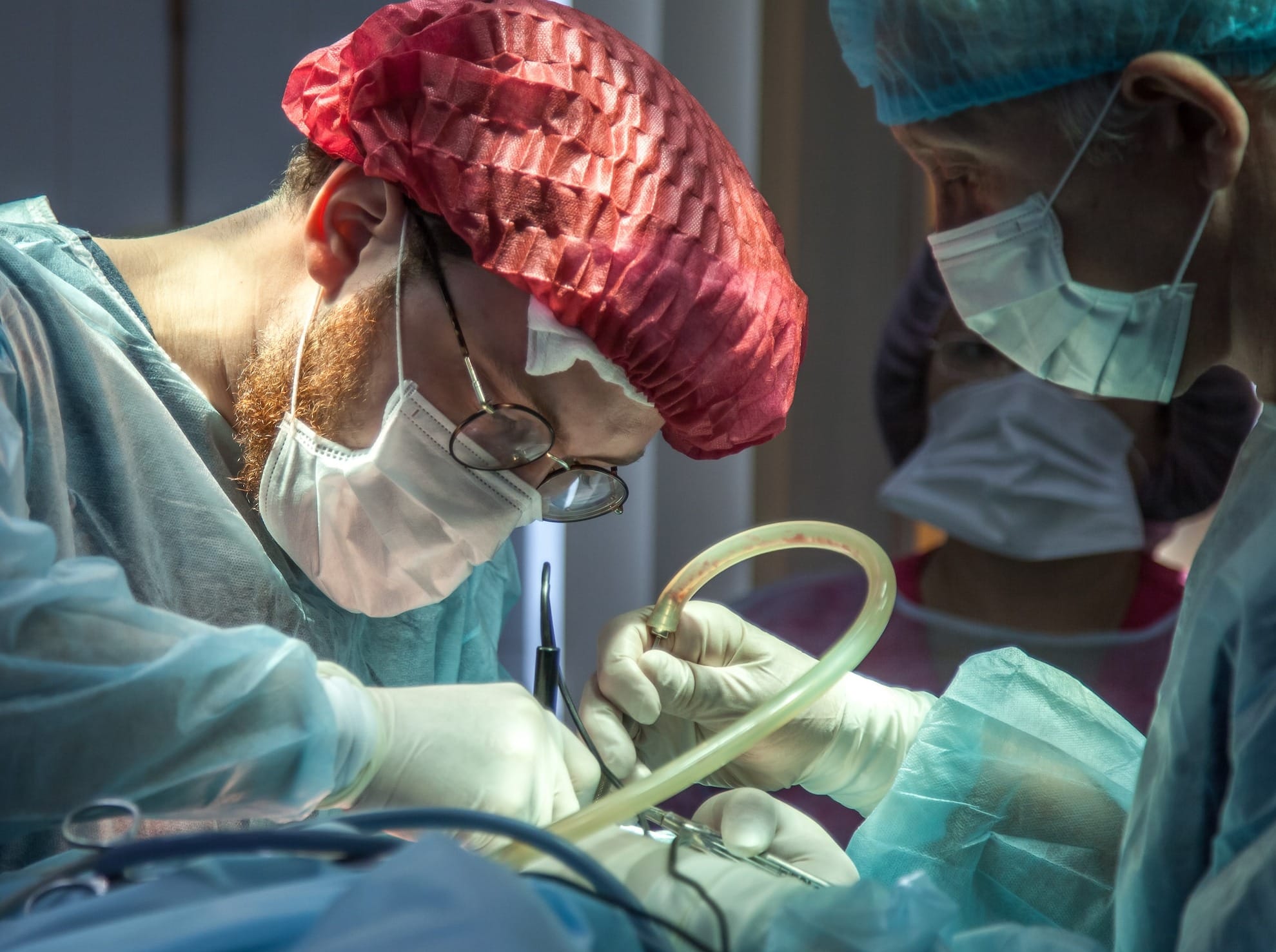We'll also dive into the potential risks and benefits of this popular cosmetic surgery. Understanding the complete picture will help you make an informed decision if you're considering this method for fat reduction.
Introduction to Liposuction: What You Need to Know
Liposuction is a popular procedure in the world of cosmetic surgery. It refers to a surgical process that removes excess fat from specific areas of the body like the abdomen, thighs, buttocks, neck, arms, and back. This procedure is often sought after by those who desire a more toned and sculpted appearance, particularly if their efforts through diet and exercise are not achieving their desired results.
However, it's important to be fully informed before committing to such a procedure. Keep in mind that liposuction is not a solution for weight loss or an alternative to a healthy lifestyle. Additionally, there can be both short-term and long-term side effects, from bruising and swelling to possible complications with wound healing or infections. It's crucial that you discuss concerns and expectations with a qualified surgeon to make the best decision for your health and well-being.

Understanding Liposuction: How It Works
Liposuction employs a specialized technique to extract body fat. A cannula, which is a slim, hollow tube, is inserted under the skin through a small incision. The cannula is then moved back and forth to dislodge fat cells, which are suctioned out of the body with a surgical vacuum or syringe. There can be variations in how the procedure is done depending on the specific type of liposuction.
Following the surgery, the treated area usually is compressed with an elastic bandage or compression garment to minimize swelling. It may take a number of weeks for the swelling to decrease and for the full results to become visible. As your body recovers, it's important to follow your surgeon’s instructions carefully to ensure optimal recovery and minimize complications.
Different Types of Liposuction: Exploring Your Options
Liposuction techniques have evolved over the years, offering a variety of options for patients to consider. Some of the popular types of liposuction include Tumescent Liposuction, Ultrasonic-Assisted Liposuction (UAL), Laser-assisted Liposuction (LAL), and Power-assisted Liposuction (PAL). Each method has its own set of pros and cons, level of invasiveness, recovery time, and potential risks and side effects.
Patient's individual needs, goals, and health status can play a major role in deciding the best suitable technique. It's crucial to have a detailed consultation with your surgeon, understand each technique's potential benefits and risks, and make a well-informed decision. Additionally, the surgeon's experience and proficiency with the chosen technique significantly impact the final outcome.

